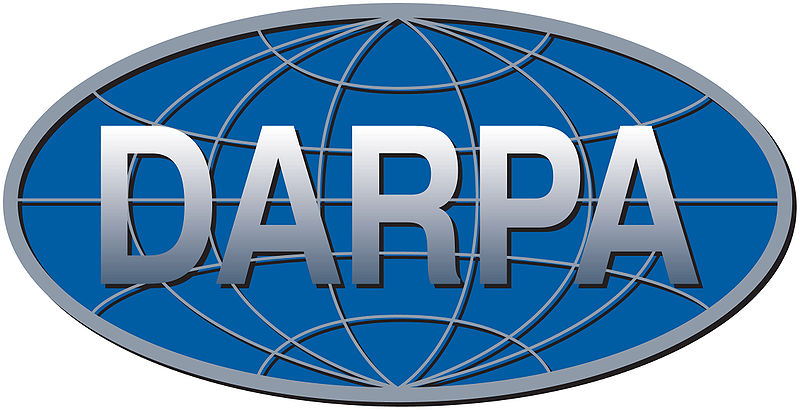Part 2 of 3 Parts (Please read Part 1 first)
NASA and the National Nuclear Security Administration have already tested a surface nuclear fission reactor as part of their Kilopower project which is dedicated to developing a system to provide up to ten kilowatts of electric power for manned planetary bases. For propulsion technologies, NASA initiated a Mars Transportation Assessment Study last October. The purpose of the study is to evaluate the merits of nuclear thermal propulsion (NTP) versus nuclear electric propulsion (NEP). Both of these propulsion technologies use a nuclear fission reactor to generate heat. The NTP system will use this heat to expel gas for thrust. The NEP systems will convert the heat into electricity which will then be used for ionic engines to generate thrust.
Ryan Whitley says that one of the administration’s near-term goals is to create a capacity for the production of high-assay, low-enriched uranium (HALEU) that could be used for a variety of agency missions. HALEU is enriched to contain between 5% and 20% of the isotope uranium-235 by weight. Last year DoE announced plans to create a domestic supply line for HALEU fuel. He cited demand from the designers of next-generation commercial nuclear fission power reactors. NASA is currently exploring HALEU as an alternative to HEU which was used in Kilopower tests.
Whitley also said that the administration wants to leverage the commonalities between reactor designs under consideration by NASA and the DoD. The report of the Council highlighted Project Pele which is designing mobile nuclear fission reactors to power military bases and DARPA’s DRACO program which is dedicated to the development of spacecraft that can maneuver quickly and easily in the region between the Earth and the Moon. While DARPA is exploring an NTP design through its DRACO program, NASA has not chosen a particular propulsion technology. Whitley was asked at the symposium about the choice between NTP and NEP but he refused to weigh in directly because NASA was still debating the issue. He said, “There's pluses and minuses to both, and so it's not easy necessarily to make a clean decision there.”
In order to aid its decision making, NASA has commissioned a National Academies study committee to assess the tradeoffs associate with NEP and NTP. It will also consider the differences in using HEU fuel as opposed to HALEU fuel. Jim Reuter is the head of NASA’s Space Technology Mission Directorate. He told the committee at its first meeting last June that their study is not meant to focus on any policy issues, except when associated with the choice of a fuel.
In recent years, Congress has made NTP development a priority, led by the Marshal Space Flight Center in Alabama. In fiscal year 2020, Congress provided one hundred and ten million dollars specifically for NTP research. At least eighty million dollars of this grant was for the preparation of a flight demonstration by 2024.
Jim Reuters said that NASA has requested that in future appropriations Congress should target a demonstration in the late 2020s and should not specify that all the funding has to go to NTP. He went on to say that recent studies have led the agency to consider “looking much more strongly” at NEP and that it wishes to focus on surface power in the near term.
Reuters mentioned that NASA’s budget request for fiscal years 2021 includes one hundred million dollars for the space nuclear technology portfolio within a new line item. Sixty-two million dollars is for the development of nuclear fission surface reactors and the remainder is for propulsion research including but not limited to NTP. NASA projects its budget request portfolio will grow to two hundred and fifty million in fiscal year 2025.
The U.S. House of Representatives has proposed that NASA move ahead with research into NTP included under the one hundred and ten million budget request for its continued development in currently pending appropriations legislation for fiscal years 2021. In their report attached to the legislation, House appropriators state that they have not yet received a plan that they requested from NASA on a path toward performing an NTP flight demonstration by 2024. The Senate has not yet released a report on its NASA spending legislation for the year.
Please read Part 3 next
